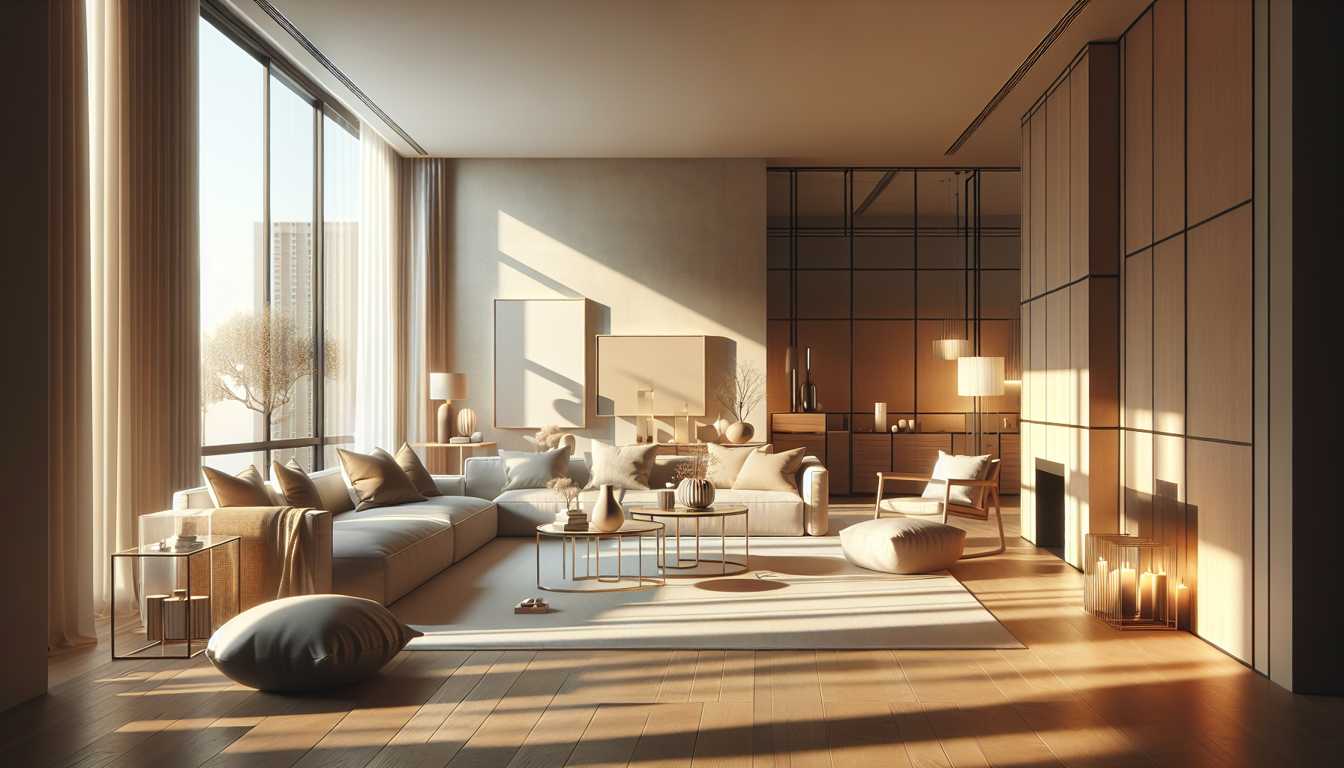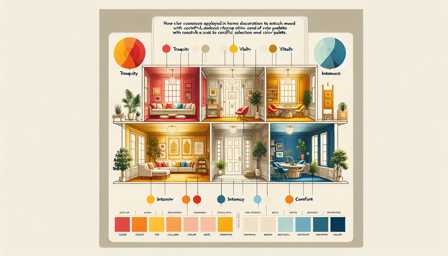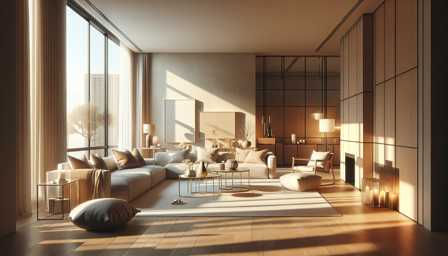
The Art of Minimalism: Decluttering and Designing for Serene Spaces
In the fast-paced world we live in, the concept of minimalism has become increasingly popular as a way to reduce stress and increase quality of life. Minimalism, in its essence, is about removing the unnecessary and focusing on what truly matters. This philosophy can be applied to various aspects of our lives, including our physical spaces. In this article, we explore the art of minimalism, focusing on decluttering and designing serene spaces that promote tranquility and mindfulness.
Understanding Minimalism
Minimalism is more than just a design aesthetic; it's a mindset that encourages living with less to enjoy more freedom, time, and space. It challenges the idea that happiness and success are measured by the quantity of possessions one has, promoting instead the value of quality over quantity. In the realm of home and interior design, minimalism translates into spaces that are clear of clutter, simple in form, and intentional in function.
The Benefits of Minimalist Living
Adopting a minimalist lifestyle has several benefits, including reduced stress, increased savings, and a smaller environmental footprint. Clutter-free environments are easier to clean and maintain, leading to more leisure time and less anxiety. Financially, minimalism encourages purchasing with intention, which can lead to significant savings. Environmentally, it promotes sustainable living practices by reducing the demand for unnecessary goods.
Decluttering: The First Step
Decluttering is the cornerstone of creating a minimalist space. It involves a thorough examination of your possessions and deciding what truly adds value to your life. This process can be overwhelming, but several methods have emerged to help, such as Marie Kondo's KonMari method, which focuses on keeping only those items that "spark joy."
Tips for Effective Decluttering:
- Start Small: Begin with a single drawer or shelf to avoid feeling overwhelmed.
- Categorize: Sort items into categories (e.g., clothes, books, kitchenware) to tackle one at a time.
- Let Go: Be honest about what you use and need. Donate, sell, or recycle items that no longer serve you.
- Digital Declutter: Don't forget about digital clutter. Organize and clean up your digital files and emails regularly.
Designing Minimalist Spaces
Once you've decluttered, designing your space with a minimalist aesthetic involves focusing on functionality, simplicity, and beauty. The goal is to create a serene and peaceful environment that reflects your personal style while minimizing excess.
Key Elements of Minimalist Design:
- Color Palette: Choose a neutral color scheme with one or two accent colors to create a calm and cohesive look.
- Furniture: Select pieces that are simple in design and multifunctional. For example, a platform bed with built-in storage can add functionality and style.
- Decor: Opt for quality over quantity. A single, meaningful piece of art or a few well-chosen decorative items can make a statement without overwhelming the space.
- Lighting: Natural light is preferred in minimalist design. Use sheer window treatments to maximize light and add simple, sleek lighting fixtures where needed.
- Materials: Embrace natural materials like wood, stone, and metal for their texture and warmth. Products like bamboo organizers or linen bedding can add subtle interest and comfort to your space.
Product Recommendations for Minimalist Design
- Furniture: The Floyd Platform Bed is a great example of minimalist design, offering clean lines and optional under-bed storage.
- Storage Solutions: IKEA's KALLAX shelf unit is versatile and can be used in various ways to keep your space organized without clutter.
- Decor: Consider a statement piece like a large-scale print from Society6, which offers a wide range of minimalist art from independent artists.
- Lighting: The Pixo Optical LED Table Lamp is a sleek and functional choice that fits perfectly in a minimalist setting.
Conclusion
Embracing minimalism in your living spaces can lead to a more peaceful, clutter-free environment that enhances your overall well-being. By decluttering and intentionally designing your spaces, you create room for what truly matters in your life. Remember, minimalism isn't about having less for the sake of less; it's about making room for more of what gives you joy and fulfillment.



